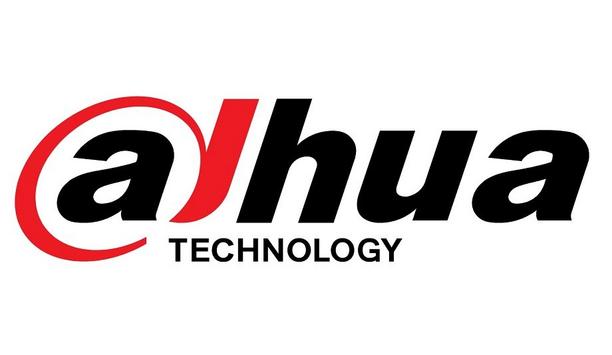 |
| According to Acuity Market Intelligence, by 2015 countries issuing eIDs will exceed those using traditioanal IDs |
HID Global, trusted leader in solutions for the delivery of secure identity, provided its perspective on some of the key trends likely to impact government identity programs over the next five years. The overarching drivers are the dramatic shift from traditional national identity documents to eIDs, and the growing requirement to defend against mass counterfeiting and tampering attempts while assuring privacy, efficiency and ease of authentication.
By 2015, 85% of all credentials issued annually will be eIDs, and countries issuing eIDs will exceed those still using traditional IDs by four to one, according to a recent report by Acuity Market Intelligence. These statistics underscore HID Global’s own findings based on over 20 years’ experience in major government-to-citizen ID projects, including 28 e-passport and 49 eID programs that range from national, foreign resident and worker ID to healthcare and vehicle registration programs.
“Among the most important factors that will shape the industry as it moves to near-universal eID adoption are the twin imperatives for providers and partners to provide effective defenses against large-scale forgery attempts and adopt a holistic approach to projects,” according to Craig Sandness, vice president of sales with HID Global's Government ID Solutions.
Supporting Multi-Functional Solutions
“The multi-functional credential is becoming the norm, which means that counterfeit and fraud prevention, end-to-end implementation and integration expertise are now at the forefront of government ID requirements. This is vital in order to eliminate issues with technology interoperability, post-issuance updates or program longevity which would otherwise lead to cost overruns,” said Sandness.
“The multi-functional credential is becoming the norm, which means that counterfeit and fraud prevention, end-to-end implementation and integration expertise are now at the forefront of government ID requirements..." |
HID Global is experiencing accelerated demand for highly secure and layered, hybrid solutions such as the German National Identity card and the multi-tasking Carabinieri card used by Italy’s national police force. These solutions perform multiple tasks including access control, proof of identity, healthcare and tax ID, and government fee payments. Multi-functional credentials also leverage a combination of different technologies including contact or contactless chips, RFID antennae, biometrics and optically variable devices to deliver the requisite levels of functionality and security.
“Meeting the needs of national ID program decision-makers is more challenging than ever before,” added Sandness. “No two programs are alike. Each government program is highly customised, but each must be secure, durable, resilient, compliant, counterfeit resistant and tamper-proof. With the additional need for future-proofing and integration with national systems, the industry must continue to innovate on all fronts to deliver new programs to specification, on time and on budget.”
Realities of Credential Usage
The pragmatics of everyday usage continues to shape national eID programs. Approximately 90% of all ID cards worldwide are checked by the human eye rather than electronic readers, which are deployed in only a fraction of all inspection points. Visual security therefore remains an essential element for valid authentication. “At high traffic land borders, in cases of power failure, in emergencies, or – as in the case of the Angola national ID card where lack of infrastructure means there is no network connection –strong visual security features remain essential features of a robust government ID credentialing program,” noted Sandness.
Best Practices
The next five years will see a new focus on industry best practices, as exemplified by programs such as the award-winning new generation U.S. Green Card. A hybrid card featuring RFID antennae to accelerate border crossings, Optical Security Media providing the world’s most visual security features to accommodate real world inspection scenarios, and highly secure issuance and authentication systems, its digital security has never been compromised.
Sandness concluded, “As the ID industry moves towards global adoption of eIDs, we can expect to see a greater focus on concept-to-delivery services, best practices, and the use of layered technologies on single credentials.”


















